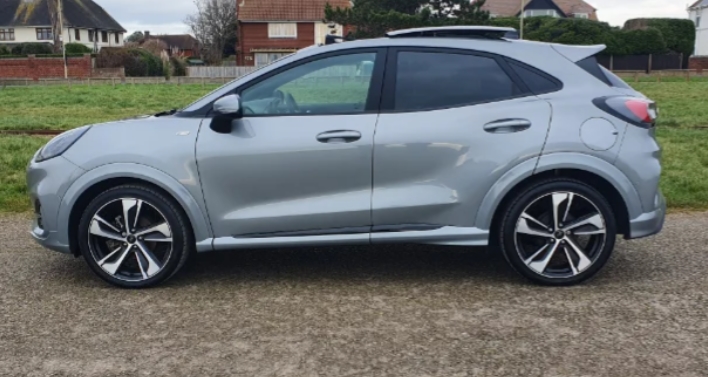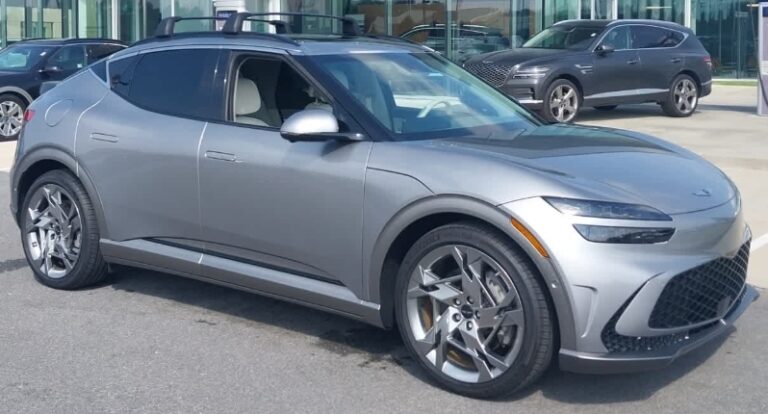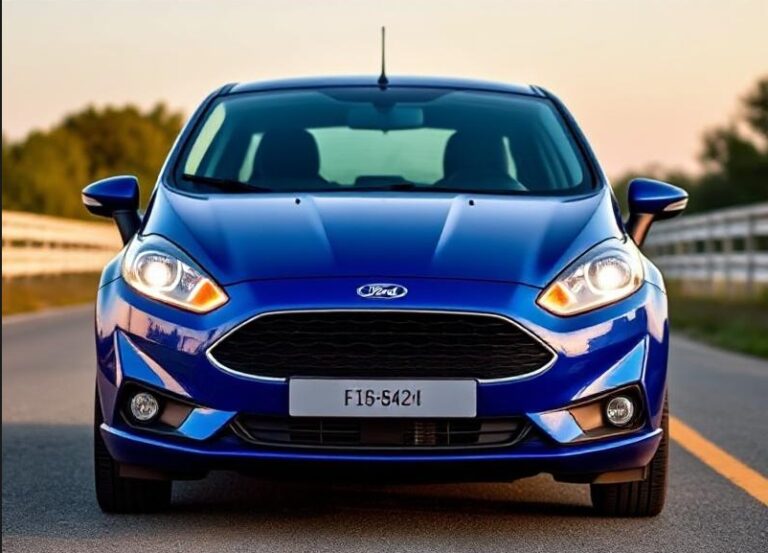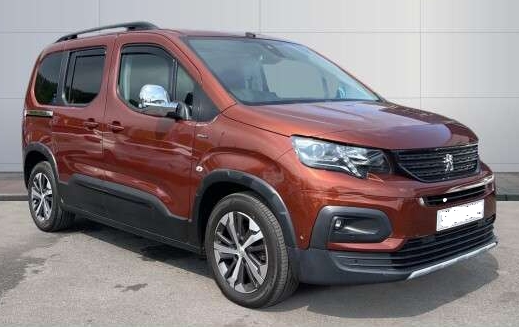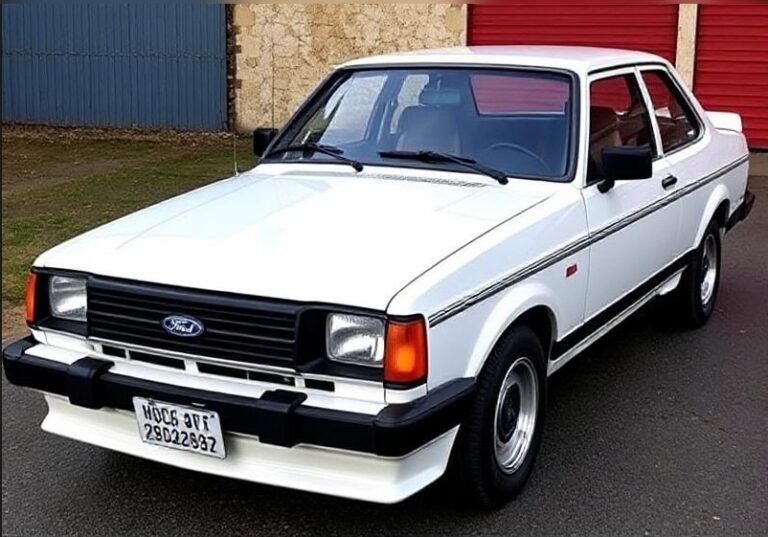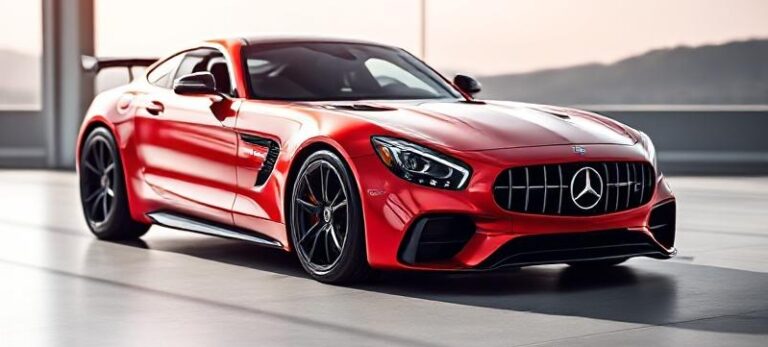From Compact Coupé Icon to Crossover Contender: The Enduring Evolution of the Ford Puma
The name “Ford Puma” evokes a distinct set of memories for different generations of car enthusiasts. For some, it conjures images of a nimble, stylish compact coupé that graced European roads in the late 1990s and early 2000s. For others, it represents the modern, highly popular compact crossover that has redefined Ford’s urban utility offering in the 21st century. The journey of the Ford Puma is a fascinating case study in automotive evolution, demonstrating how a beloved nameplate can be successfully resurrected and fundamentally reinvented for a new market landscape.
This article will trace the full lineage of the Ford Puma, detailing the production years, the distinct models, and the various trim levels that have defined this versatile and enduring nameplate across its two distinct eras.
Part I: The Original Era – The Puma Coupé (1997–2002)
The first incarnation of the Ford Puma was conceived as a stylish, fun-to-drive replacement for the aging Ford Capri—though miniaturized for the burgeoning European ‘youth’ market of the late 1990s. Built on the platform of the highly successful Ford Fiesta (Mark IV/Mk5), the Puma aimed to combine reliable mechanics with distinctive, expressive styling.
Production Years and Philosophy
The original Ford Puma was produced between 1997 and 2002. It was primarily manufactured in Cologne, Germany, and sold exclusively in Europe and a few select global markets. Its design philosophy centered on sporty handling, affordability, and a visually striking aesthetic that set it apart from its Fiesta sibling.
Models and Engines
Crucially, the original Puma was offered with a singular engine architecture, though performance variants emerged later.
- Engine: All original Pumas utilized Ford’s Zetec-SE 1.7-litre, 16-valve inline-four petrol engine, developed in collaboration with Yamaha. This engine was known for its spirited performance and unique variable intake runner system (VIS) that optimized torque across the rev range.
- Power Output: Standard output was typically around 123 bhp (125 PS).
Trim Levels of the Original Puma
While the engine was largely standardized, the Puma offered distinct trim levels that primarily reflected aesthetic packages, included features, and, eventually, performance enhancements.
1. Puma (Base Model) – (1997 onwards)
This was the entry point into Puma ownership. Standard features included alloy wheels (often 15-inch), colour-coded bumpers, and the standard Zetec-SE engine.
2. Puma Ghia – (Introduced shortly after launch)
The Ghia trim elevated the Puma’s interior refinement.
- Key Additions: Leather trim options, air conditioning (often optional on the base model), fog lights, and premium interior fixtures (such as upgraded stereo systems). Ghia models generally appealed to those seeking a slightly more comfortable and executive feel in their compact coupé.
3. Puma 1.4 and 1.6 – (Introduced later to meet market demand/pricing structures)
As the platform matured, smaller engine options were introduced to target lower price points and potentially lower insurance brackets, although these models lost some of the performance cachet of the original 1.7.
- 1.4-litre engine: Typically offered around 89 bhp.
- 1.6-litre engine: Typically offered around 101 bhp.
4. Puma Thunder Edition – (2000)
This was a special, highly desired limited-edition model based on the 1.7 Zetec-SE.
- Key Features: Unique ‘Thunder Metallic’ paintwork, distinctive alloy wheels, half-leather seats, and specific badging. It offered the performance of the top-tier 1.7 but with exclusive styling cues.
5. Puma Racing – (2000–2001)
This was the performance flagship of the original range, directly competing with hot hatchbacks of the era.
- Engine Modifications: The 1.7-litre engine received tuning tweaks, boosting output to approximately 153 bhp (155 PS).
- Chassis/Suspension: Featured stiffer suspension, a lowered ride height (10mm lower than standard), specialized 16-inch alloy wheels, and distinctive interior details, including Recaro seats and blue accents. The Racing model was vital in maintaining the Puma’s sporty credentials before production ceased.
The original Ford Puma ended production in 2002. Despite critical acclaim for its handling and design, the compact coupé market segment was shrinking rapidly, giving way to the rise of the crossover and SUV. Ford retired the name, seemingly for good.
.
RepairSurge Online Repair Manuals Replace Bulky Books With Reliable Digital Information!
Faster And Cheaper Than Traditional Printed Manuals, Users Get Instant Access To The Repair Information They Need For Any Car, Truck, Van or SUV:
.
Part II: The Second Era – The Puma Crossover (2019–Present)
After a hiatus of seventeen years, Ford announced the resurrection of the Puma nameplate in 2019. However, instead of reviving the coupé, Ford masterfully applied the name to a new segment leader: a compact crossover SUV (CUV). This strategic move allowed Ford to leverage the positive emotional resonance of the name while tapping into the most desirable vehicle segment globally.
Production Years and Philosophy
The modern Ford Puma began production in 2019 and is built primarily at the Craiova plant in Romania. It is based on Ford’s latest global B-car platform, shared with the contemporary Fiesta and Focus. The philosophy shifted entirely from pure driving dynamics to utility, efficiency, and advanced technology, all while retaining an element of sharp styling hinted at by its predecessor.
Models and Engines
The second-generation Puma is heavily defined by its use of advanced mild-hybrid (mHEV) technology, focusing heavily on fuel economy.
Primary Engine Architecture: EcoBoost Hybrid
The core of the modern Puma range revolves around the 1.0-litre EcoBoost three-cylinder petrol engine, available in various states of tune, always paired with a 48-volt mild-hybrid assistance system.
- 1.0L EcoBoost Hybrid (MHEV) 125 PS: The standard entry engine, offering a balance of performance and economy.
- 1.0L EcoBoost Hybrid (MHEV) 155 PS: A higher-output version providing more assertive performance.
Full Electric Variant (Future)
Ford has confirmed plans to introduce a 100% battery-electric version of the Puma around 2024/2025, signaling the next major shift in the model’s powertrain.
Non-Hybrid Options (Market Dependent)
In certain initial markets or as models transition, non-hybrid 1.0L EcoBoost variants (125 PS) were available, alongside a 1.5-litre EcoBoost diesel engine in some European markets, though hybrid petrol power dominates the lineup now.
Trim Levels of the Modern Puma
The current Puma trim hierarchy is robust, offering distinct packages that cater to different buyer priorities—from economy to style to outright performance.
1. Puma (Base/Titanium) – (2019 onwards)
Often labelled simply as ‘Puma’ or ‘Titanium’ depending on the market, this trim focuses on features and comfort.
- Key Features: Body-coloured exterior trim, 17-inch alloy wheels, Ford SYNC infotainment system, and Ford Co-Pilot safety features. The Titanium trim often adds more sophisticated interior materials and climate control.
2. Puma Trend – (Introduced as a mid-level option)
Positioned slightly below the sporty ST-Line, the Trend focuses on practicality and slightly less aggressive styling than its performance-oriented siblings.
3. Puma ST-Line – (2019 onwards)
This trim mimics the sporting intent of the original coupé, offering visual enhancements over the standard models.
- Key Features: Sportier bumpers, unique 17- or 18-inch black alloy wheels, a rear spoiler, contrast stitching inside, and sometimes slightly firmer suspension tuning.
4. Puma ST-Line X – (2019 onwards)
An enhanced version of the ST-Line, adding premium technology and comfort features.
- Key Additions: Larger alloy wheels (often 18-inch), heated seats, full LED headlights, and a premium B&O sound system.
5. Puma ST-Line Vignale – (Specialized High Trim)
The Vignale designation represents the pinnacle of Ford’s luxury trim.
- Key Features: Unique exterior badging, exclusive 18-inch ‘Luster Silver’ alloy wheels, premium leather upholstery, and enhanced driver assistance packages.
6. Puma ST (Sport Technologies) – (2021 onwards)
The true spiritual successor to the original 2000 Puma Racing model, the ST is the performance flagship of the crossover range.
- Engine: Utilizes a highly tuned version of the 1.5-litre EcoBoost three-cylinder engine (non-hybrid at launch), producing 200 PS (197 bhp), featuring performance cylinder head, unique exhaust system, and aggressive engine mapping.
- Chassis and Handling: Features significantly revised, stiffer suspension, unique drive modes (including an ‘Track’ mode), larger performance brakes (often Brembo calipers), and a functionally aggressive aerodynamic package.
- Aesthetics: Aggressive ST-specific body kit, unique 19-inch alloy wheels, and optional high-bolstered Recaro seats.
7. Puma ST Gold Edition – (2022)
A limited-edition run celebrating the ST’s success (and referencing the gold accents popular on the original Puma). It typically featured unique ‘Mean Green’ paintwork or a specialized gold exterior package, often building upon the ST-Line X specification with enhanced technology.
Conclusion: A Nameplate Transformed
The evolution of the Ford Puma provides a compelling narrative of automotive adaptation. The 1997–2002 Puma Coupé carved out a niche as a charming, driver-focused compact car, beloved for its Yamaha-engineered engine and unique styling. Though short-lived, it remains a cult classic due to its purity of purpose.
The 2019–Present Puma Crossover has proven that a nameplate’s heritage does not need to dictate its future segment. By transplanting the name onto a stylish and practical crossover, Ford has successfully tapped into the contemporary market demand, offering sophisticated mild-hybrid technology and, at the top end, the highly capable ST model that pays homage to the driving thrills of its ancestor.
From the narrow, curvy roads enjoyed by the 1.7 Zetec-SE coupé driver to the urban jungles navigated by the efficient 1.0L Hybrid CUV, the Ford Puma name endures, adapting successfully across two distinct eras of automotive design and consumer preference.
